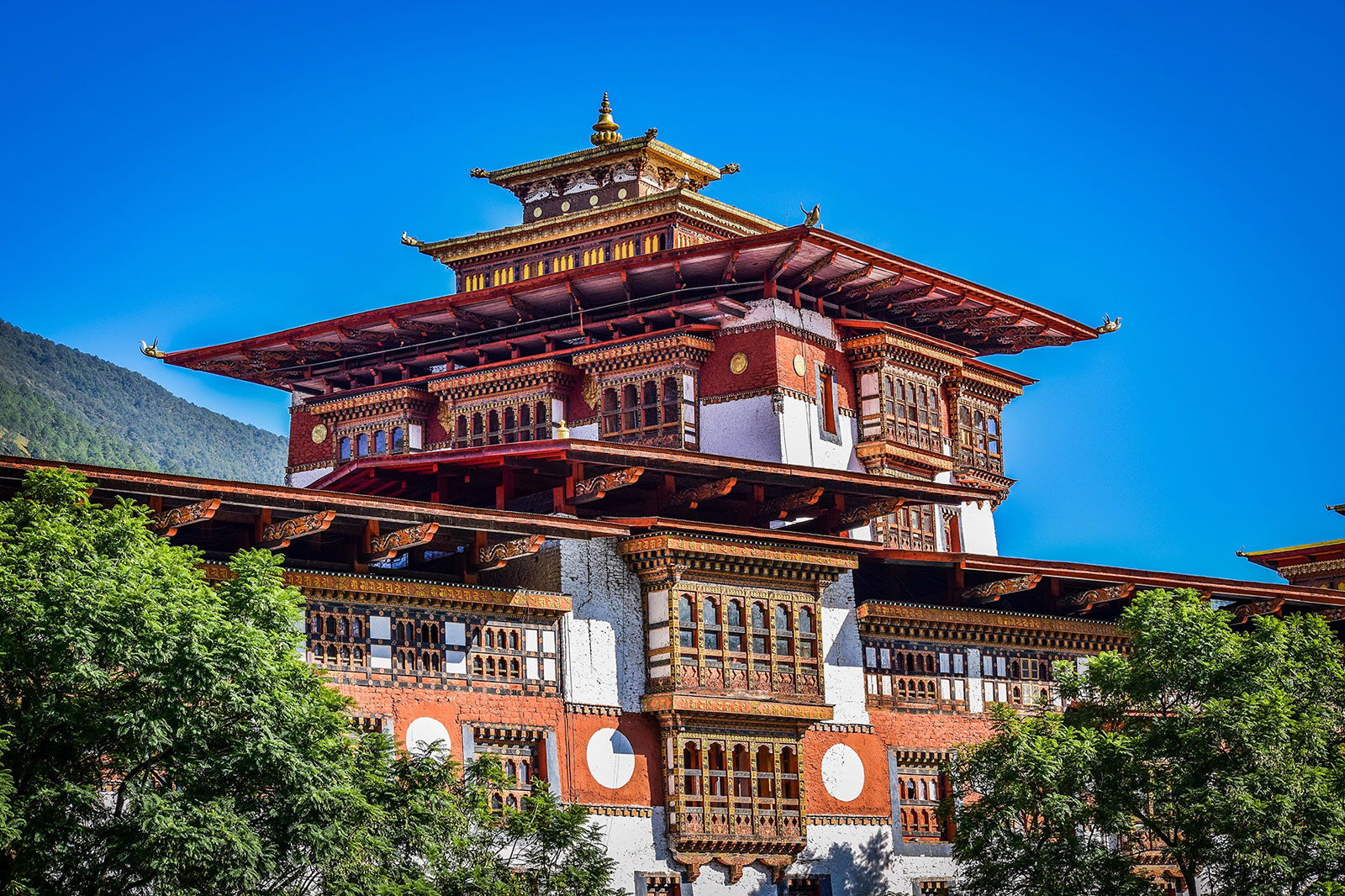Bhutan’s economy is one of the smallest in the world. About 31% of the population is under poverty. Over the recent years, there has been an improvement in the living standard of the people. The country’s better economy brought schools and Basic Health Units in remote villages and many far flung villages are also electrified and connected with farm roads.
Bhutan’s economy is largely based on agriculture, forestry and hydropower. Traditionally, the agrarian Bhutanese society practice subsistence farming and animal husbandry. Bhutanese farmers are gradually taking up commercial agriculture production. Farmers also earn income through sale of handicrafts such as woven materials, wood craft, bamboo and cane craft, paintings etc. The Bhutanese diet is mainly from food crops like maize, rice, buckwheat, barley and wheat. Government generates revenue for cash crops like apples, oranges, ginger and cardamom.
Bhutan made a significant progress in tourism industry after opening itself to the outside world and tourism in 1975. At present, tourism industry is one of the major contributors to the country’s revenue.
Bhutan is blessed with bountiful water bodies and due to their potential to generate hydro power and earn big revenue; they are termed as “White Gold”. Hydro-power remains as the biggest revenue generator in Bhutan. The country has the capacity to generate about 30,000 MW of electricity. Chhukha hydropower plant generates 336 MW. The biggest hydropower plant so far is in Tala and it generates about 1020 MW. The major share of power generated is exported to India. Bhutan has embarked on more hydropower projects.
Over 14 percent of GDP is contributed by the industrial sector. The industrial products include Calcium carbide, Ferro silicon, cement, processed food, and wood based industries. The growth of this sector is expected in future after establishment of more energy intensive industries.
In south Asia, Bhutan has the highest per capita income of US$ 1,321.
Currency
The Bhutanese currency is Ngultrum and one hundred Chetrum makes one Ngultrum. One Ngultrum is equal to an Indian rupee. The artistically engraved Bhutanese coin comes in one Ngultrum denomination. Paper notes are commonly used although people also use coins, which is not common.
At present, the currency exchange rate for one US$ is 48 Ngultrum. The rates fluctuates often but can be sought from online or newspapers.









